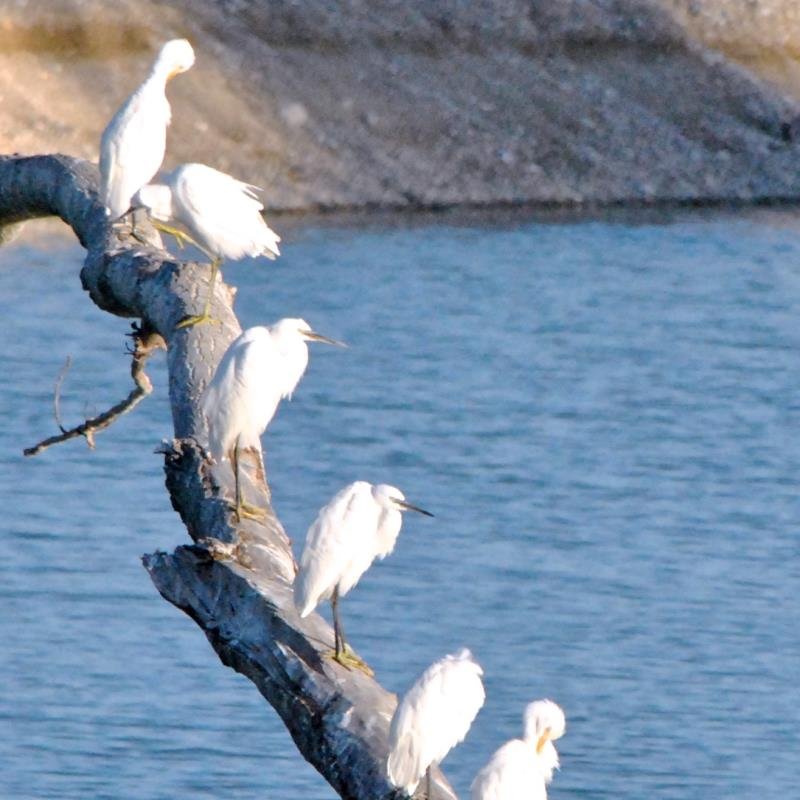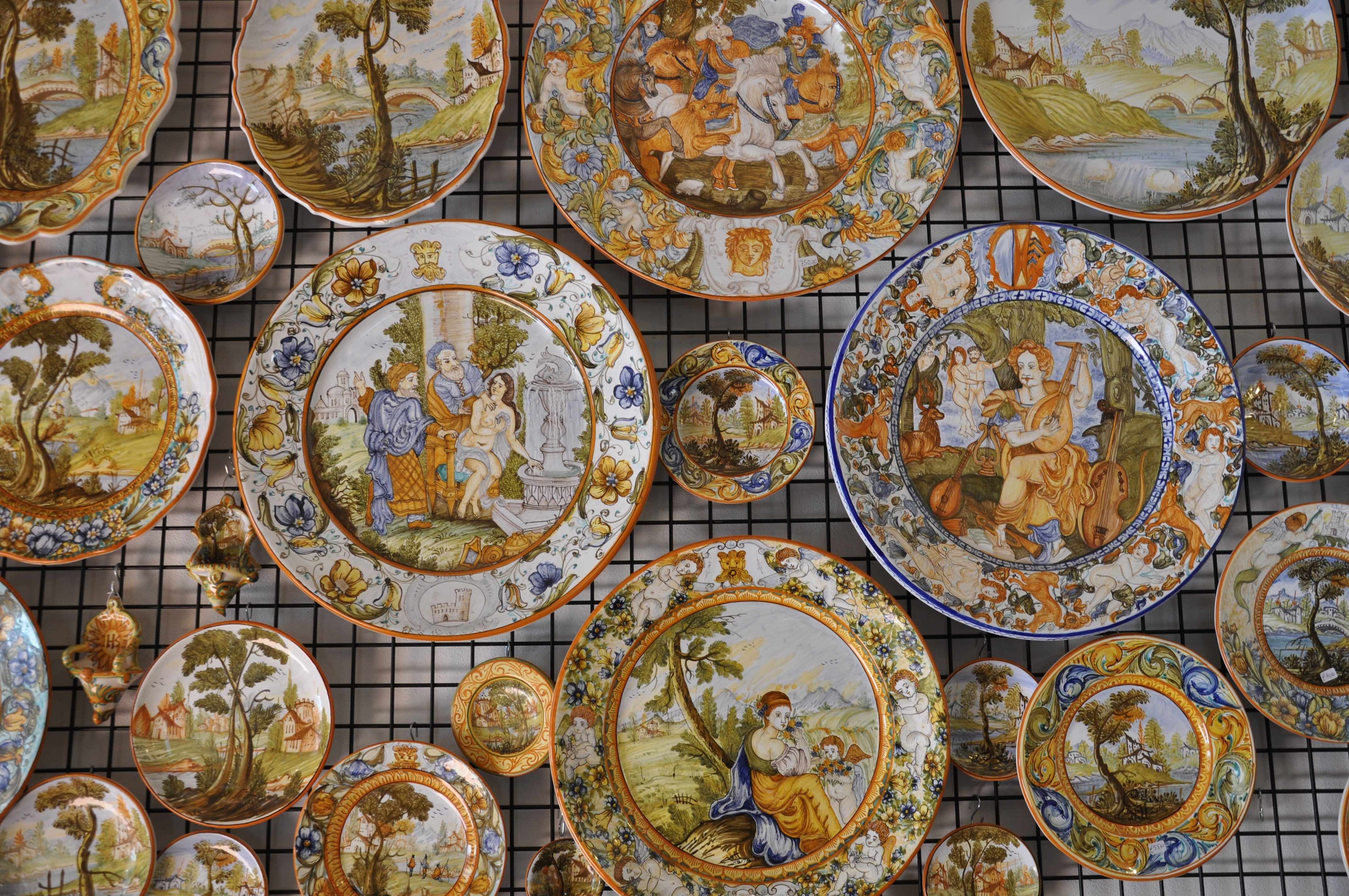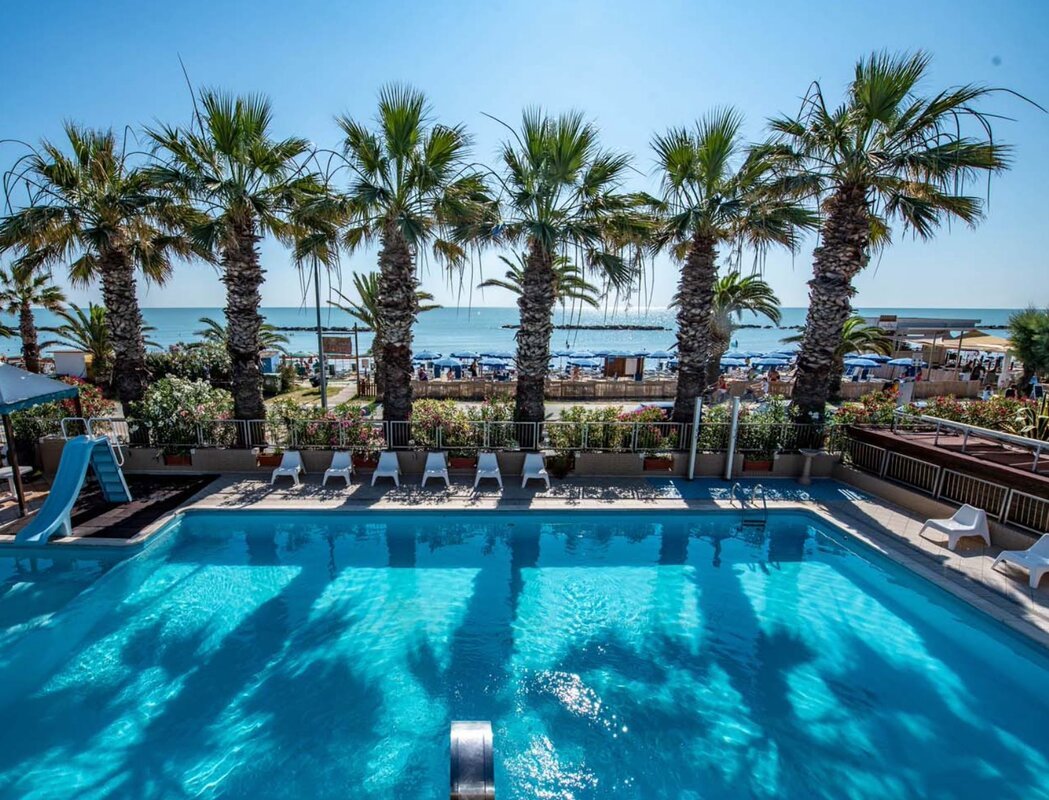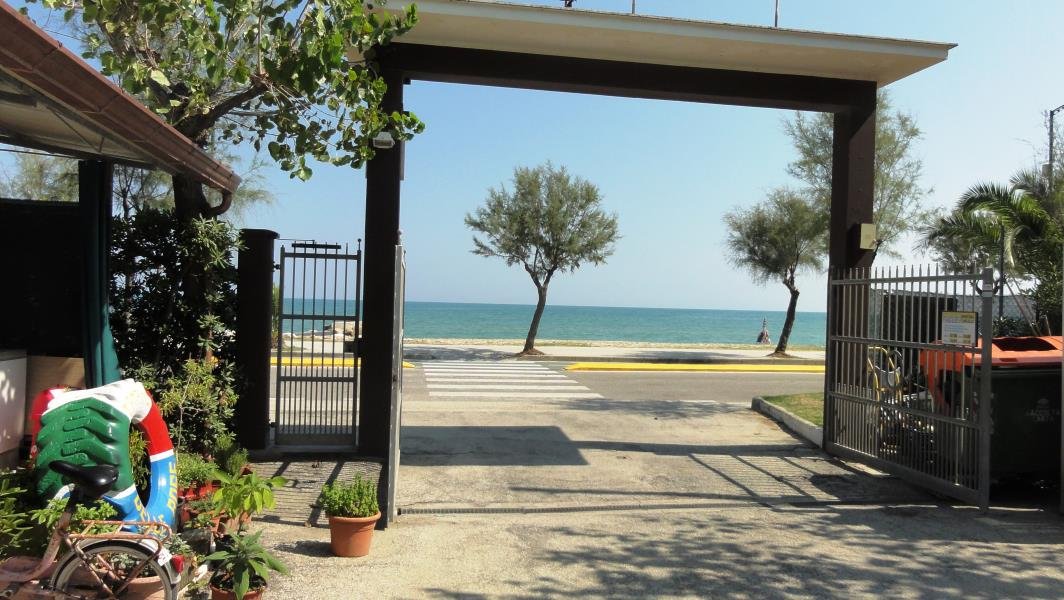Great beauty at the mouth of the Vomano River
Entering the riverbank is like crossing an empty square in a country town at siesta time. Even if at first you don't see anyone, you know that they are watching you. I switch off the car engine, get out of the cockpit and enjoy the silence. The white roads are dusty in the sun and muddy after the rain. Fishermen level them as they can, often with shells. It is a constant struggle between the stones and the resurfacing earth. Thirty steps from the bend, heading south, I reach my favourite spot. The first moments are the most important. I prepare the lens and remove the cover. Underneath there could already be a grey heron.
These are birds that scare easily. Catching them in one shot in flight and from so close is a matter of luck, but it is also true that some things are predictable. When they run away, they open their wings and are dishevelled when landing. This is how they show their fear. Their grey and blue plumage, however, always makes them look elegant. If they decide to fly away, they prepare themselves by spreading their large wings and sometimes emit the sharp, archaic, savage type of cry. At the mouth of the Vomano river, herons of this breed are easily seen in abundance except in January and February. I have nicknamed them the princes of the river because of their sinuous forms. They advance slowly and can stay still in the same position for a few hours. They usually stay on the bank or find shelter in the same branch of the chosen tree.
The white and smaller egrets, on the other hand, have a different temperament. They move swiftly and jerkily in the act of fishing. Majestic is the flight of the great white heron. Against the light, the pure white becomes transparent and looks like a bride's veil. Among the smaller, more colourful species, I observed with amusement the metallic blue kingfisher with a cry similar to that of an intermittent blowing whistle. Then there are the nutria. I found one about two metres above the ground that had built its winter nest in the reeds above the river. I found it dead after a heavy flood on the bank of the river that had broken its banks.
Ducks, cormorants and moorhens are among the most common species at the mouth of the Vomano. The two rarest breeds I have photographed in recent years have been a single specimen of spoonbill heron and, a few weeks ago, a pink flamingo. These have been unique events. One has to be amazed at such things, to tell about them, to communicate them, to urge the political responsibility of those who have to protect and secure such special, precious, important places. Last September, a spoonbill heron arrived. I had spent a lot of time at the Vomano river and had made long stakeouts. I wanted to understand how it interacted with the other breeds, how it fed and how it flew. I wanted to see as much as possible.
A few days ago I was here, sitting on the usual stone where I am now composing this report. A pink flamingo flew past me a few metres away. It made two laps over my head, joined a flock of grey herons 'hovering' and almost standing still waiting for it, and then headed with them towards the mountain. I was unable to photograph him because I was paralysed by so much beauty. I followed him with my eyes. It was really pink. I had never seen one before. The next morning I went back to the river. He was there. He stayed for about a week. Watching a flamingo is fun because there are so many shapes it takes. It sticks its neck between its feathers, raises one leg and then folds it, kicks in the water, walks, fishes and above all flies. When in the sky, the flamingo changes shape depending on how it moves its wings. The black feathers spread out and make the pink and white plumage stand out, at the same time forming a cross.
Nature deserves silence, inner listening, respect and then the ability to act when it asks for protection. I would like access to the river to be forbidden to cars with a bar, I would like fishermen to be forbidden to fish illegally with nets by means of signs. I would like the protected area to be extended and for eco-friendly hiding places to be created on the site for those who want to 'see' without disturbing. I have sent the photos to the 'apex' administrators and politicians but none of them have answered me and taken me seriously on these specific requests. I know they have big projects on rivers. I have only one 'small' and feasible one with little cost. I sent the same photos to the WWF, which immediately took action instead. The WWF communicated the presence of the pink flamingo and proposed food for thought through the media.
I will not stop until the mouth of the Vomano river, a natural treasure chest, is protected as it deserves. I want to continue to see great beauty from here, sitting on this stone, counting the leaps of the fish at sunset.
(Text and photos by Laura De Berardinis)

 IT
IT EN
EN








 DE
DE